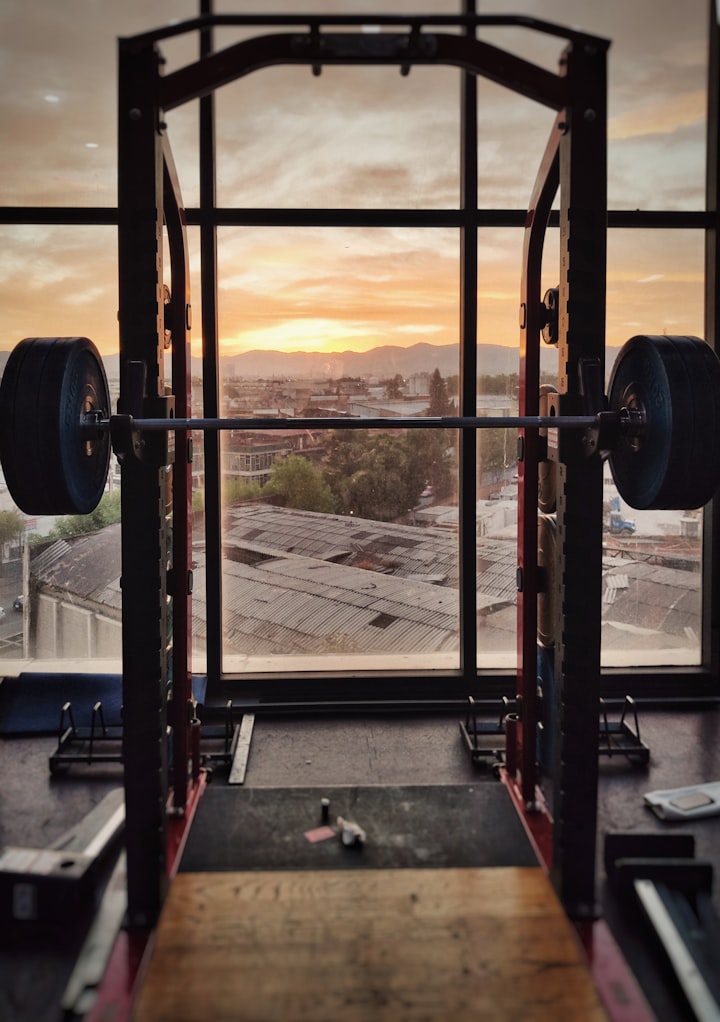How to Fix an Old Neglected Property Into a Functional Stable and Riding Arena
Turning an older or abandoned property into a functional arena can help offset some of those costs, plus give you the freedom to ride and train on your own terms.

Owning horses can be expensive, and keeping them housed at a commercial barn adds significantly to that cost. Turning an older or abandoned property into a functional arena can help offset some of those costs, plus give you the freedom to ride and train on your own terms. While it can seem like an overwhelming task, following a logical order of steps can help break it down into smaller, more manageable pieces.
Identify the Boundaries
Walking your boundaries is a great way to get a clear vision of what you want for the property. Start out by the core area, where your barn is or will be, and head out along where you think fences will be going. Look for major fluctuations in soil types or steep slopes. If you are hoping for a natural water source, try to incorporate that and a safe crossing area within your space. Allowing for some natural shade and protection from the elements can cut down on work later on. Use either a manual or laser measuring tool to estimate the length of fence runs.
Clear Out Trash and Debris
Abandoned and neglected properties can quickly become local dumping grounds. That isn't even including any old equipment that might have been left by previous owners. All of that trash can cause serious injury to horses, and it should be removed before you bring any animals into the area. Start by breaking down larger items into manageable pieces where possible. If you are planning to haul anything off to metal recycling facilities, you can often get a higher price for materials that have been separated out. Contact machinery movers Phoenix AZ to get rid of heavy and broken down equipment that is difficult to get out with a tractor and winch.
Old fence posts and fallen trees might rot eventually, so you can haul them to a remote corner if you want. They shouldn't be left within the stable area, however, since a horse can get tangled up and potentially suffer a serious injury. Any unstable buildings should be demolished and hauled off. If you aren't up fora demo project, you may find someone willing to take the barns down if you allow them to keep the wood.
Remove Overgrowth and Get It Level
While pastures can be allowed to grow up a bit, riding arenas need to be level and clear. Even a small root could cause your horse to trip and stumble, possibly leaving you or another rider face first in the dirt. To get that clear, you will need to first remove all the overgrowth. Remove scrub and trees with an excavator. This will ensure that the roots are fully removed. you will need to fill in and compact any holes left behind. Depending on how long the property has been neglected, this could be a monumental project.
Once you have the growth under control, completely clear an area for your arena. you won't want grass or weeds in here, so it may be best to dig down and remove the top layer of soil. Replace it with an appropriate material that offers a stable base for your surface. The area should be covered with a top coat of material that offers secure footing for horses. Sand, stone dust and clay are good choices for arena surfaces.
Reinforce and Repair Structures
If you have a barn or run-in that is structurally sound, you might choose to repair and use it, at least for now. This can save you quite a bit on the overall cost of your arena and barn project. Unless you have experience working with older buildings, it can be a good idea to hire a contractor for an assessment. Keep in mind that you want the final building to be safe for horses, so there should be no sharp edges, tight corners or gaps in materials where they could potentially get trapped.
If you are fortunate enough to find an old and overgrown property, you could potentially turn it into a great place for your horses to live and train. Stick to the basics and lay a good foundation by learning out debris and removing any potential hazards.





Comments
There are no comments for this story
Be the first to respond and start the conversation.